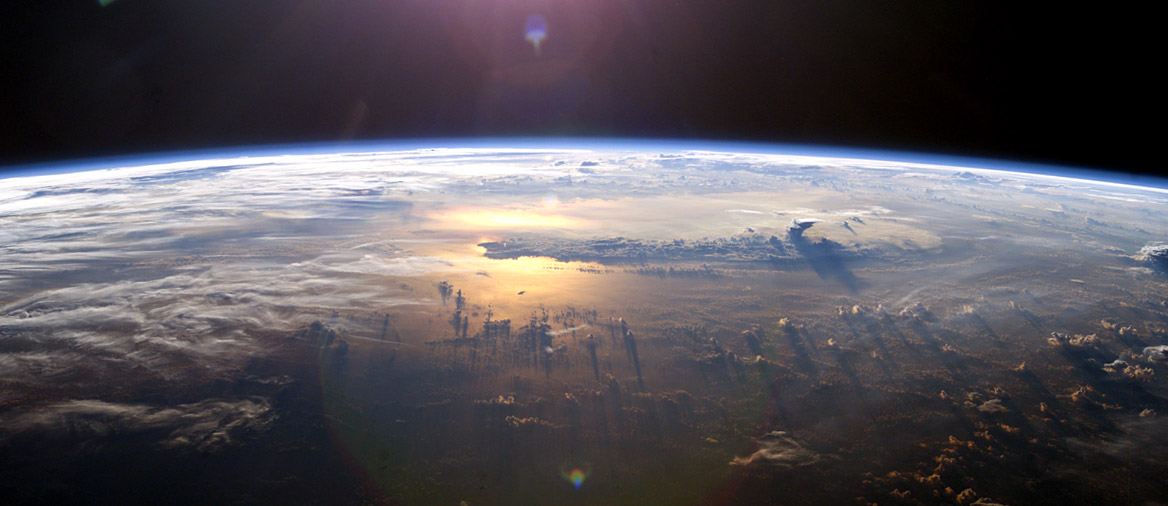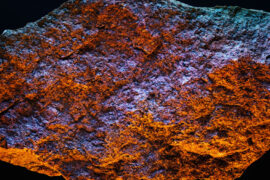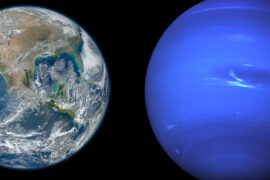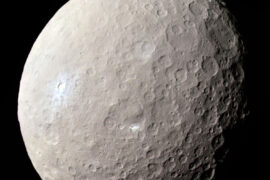Earth has many characteristics that make it unique among all the other planets in the Solar system. For starters, ours is the only planet that can support life (as far as we know). But what is it that makes the planet have these special conditions that none of the other planets have?
Earth is not particularly big, it doesn’t have materials that other planets don’t, and its formation process was very similar to the rest. So it must be something else.
In this article, we’ll take a look at some of the unique characteristics of Earth and what they have meant for the development of life and the ecosystem that we have on our planet.
All of the comparisons are going to be made against the other planets in the Solar system. We don’t have enough information about exoplanets in other star systems to make definitive statements. Astronomers believe there are many planets that have similar characteristics to Earth in the universe but we don’t have enough data about them yet to compare them.
Earth Characteristics
1) Earth has liquid water on its surface
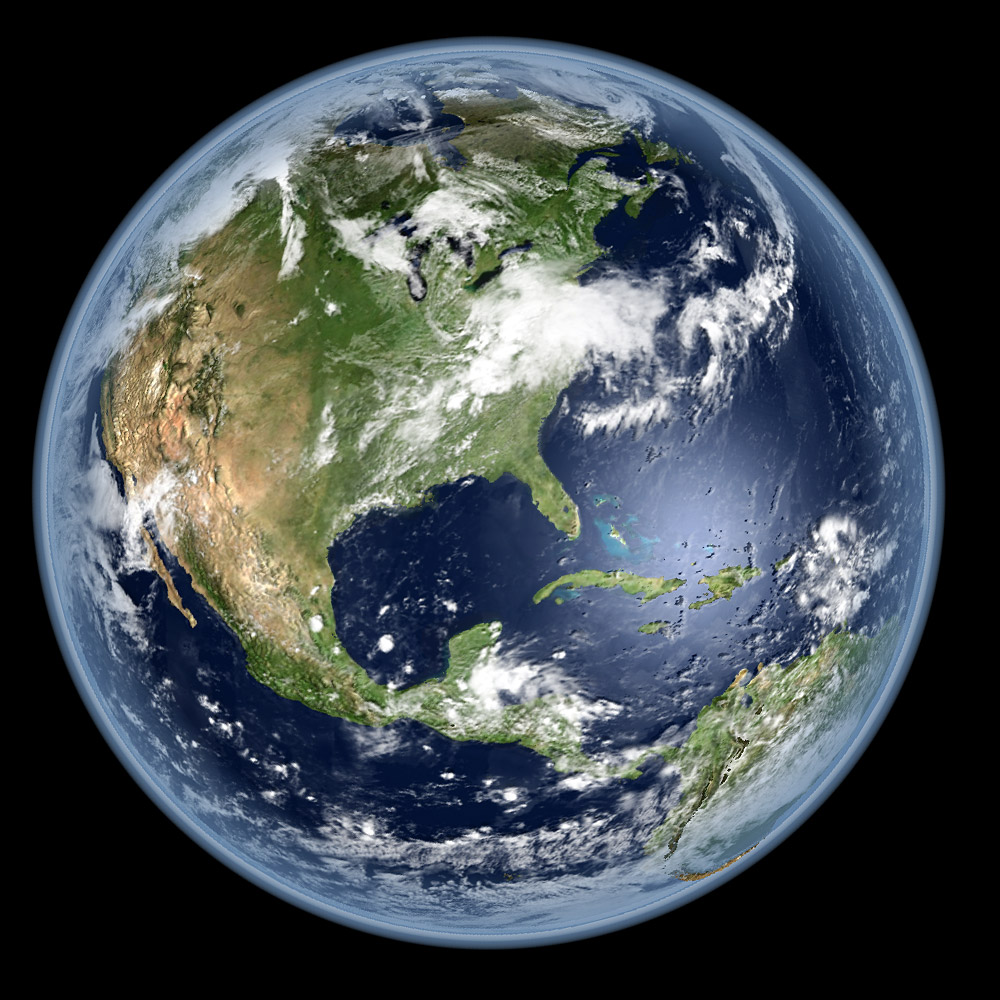
Earth is the only planet in the Solar system that is located in the habitable zone.
The habitable zone (also called the goldilocks zone) is the area around a star where a planet could support liquid water. The distance varies from star to star and depends on its size and type.
The Sun’s habitable zone is somewhere between 0.9 and 1.2 Astronomical Units (134 million kilometers to 179 million kilometers). Earth is the only planet that is fully located within this range. Mars is right on the edge of it and that’s part of the reason why some scientists believe the red planet could have had water oceans in the past.
Some Moons and planets in the Solar system are theorized to have liquid water. Such is the case of Neptune, Uranus, Triton, Titan, Europa, and others. But in those cases, the water would be contained within temperature pockets beneath the surface or in a mantle close to their core.
Approximately 71% of Earth’s surface is covered in water. All of that makes up about 96% of all the water on the planet. The rest is divided between air vapor, ice caps, glaciers, and moisture in the soil.
2) Earth is the only planet with continents
Continents are large, continuous masses of land that sit on top of plate tectonics and “float” on the planet’s mantle. As plate tectonics move and geological activity happen in the form of volcanoes, for example, contents drift and re-adjust. That’s how we went from a single one to the seven that we know today.
But Earth is the only planet in the Solar system that has continents. And that is because it is also the only one of the inner (rocky) planets to have plate tectonics. Without them, the geological activity that is necessary to form these huge land masses just doesn’t happen.
Instead, the surface of the other rocky planets (Mercury, Venus, and Mars) is more uniform even though they do have some mountains and other features that resulted from geological activity in the past. In the case of Venus, it might even have active volcanoes today but we don’t know for sure.
As for the rest of the planets (Jupiter, Saturn, Uranus, and Neptune), since they are made out of gas and don’t have a surface, it is not possible for them to have continents.
While on Earth continents are divided by oceans, it is debated whether oceans of liquid water are necessary for continents to form.
3) Earth is the only planet with just one Moon
The following table lists the number of moons (satellites) each planet in the Solar system has.
| Planet | Number of moons |
|---|---|
| Mercury | 0 |
| Venus | 0 |
| Earth | 1 |
| Mars | 2 |
| Jupiter | 80 |
| Saturn | 83 |
| Uranus | 27 |
| Neptune | 14 |
As you can see, planets in the Solar system have either zero satellites or more than one, with Earth being the only exception.
This is because of a combination of factors.
First, the planets that are closer to their stars can’t capture moons because the gravitational pull is too strong and takes them out of their orbits.
Gas giants like Jupiter and Saturn tend to capture many moons because of their large mass. In fact, we are still discovering new moons for these planets. It is possible they have more that have yet to be found. Most of these moons are quite small, but there are some like Ganymede in Jupiter that is even bigger than ours.
So, the reasons why our planet has only one moon are a combination of its mass, distance from the Sun, etc.
But this might have not always been the case. Some scientists believe Earth might have had two moons in the past and they could have collided to form the single one that we know today.
4) Earth’s atmosphere is very different from the other planets’
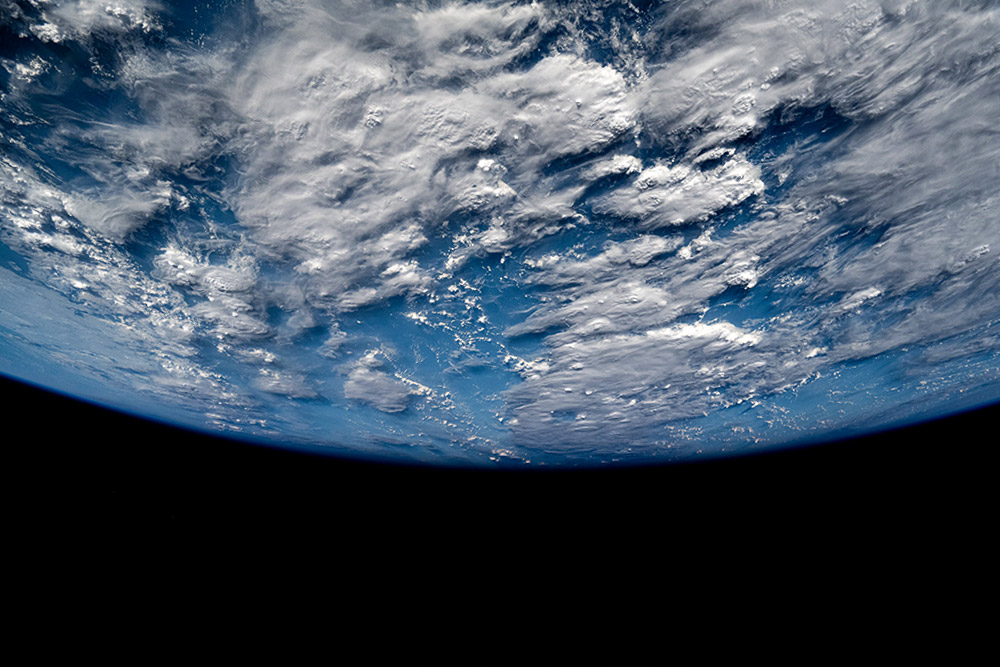
The atmosphere is an outer layer of gas that planets have that is located between the planet and space. On Earth and other rocky planets, the atmosphere sits on top of the surface and it is what contains the air we breathe.
One of the characteristics that make Earth so unique when compared to the other planets is the composition of its atmosphere. Most planet’s atmosphere is mostly made up of hydrogen or carbon dioxide. But Earth is the only planet with an atmosphere that is primarily made up of nitrogen.
This is the reason why we wouldn’t be able to breathe on Mars.
The following table shows the percentage of the elements contained in each of the planet’s atmospheres.
| Planet | Carbon dioxide | Nitrogen | Oxygen | Argon | Methane | Sodium | Hydrogen | Helium | Others |
|---|---|---|---|---|---|---|---|---|---|
| Mercury | 42% | 22% | 22% | 6% | 8% | ||||
| Venus | 96% | 4% | traces | ||||||
| Earth | 78% | 21% | 1% | <1% | |||||
| Mars | 95% | 2.7% | 1.6% | 0.7% | |||||
| Jupiter | 89.8% | 10.2% | traces | ||||||
| Saturn | 96.3% | 3.2% | 0.5% | ||||||
| Uranus | 2.3% | 82.5% | 15.2% | traces | |||||
| Neptune | 1% | 80% | 19% | traces |
As you can see, Earth’s atmospheric composition is very different from the rest.
At this point, you might be wondering why is it that if we need oxygen to breathe, most of the air we breathe is actually nitrogen? Well, it turns out nitrogen is an inert gas. This means it does not take part in any biochemical reactions in our bodies. We do not consume it like oxygen, and we do not produce it like carbon dioxide. We simply breathe it in and breathe it out.
This difference in composition between Earth’s atmosphere and the other planets is one of the greatest challenges that we’ll face when we try to live on other planets. For example, to survive on Mars, we’ll have to figure out a reliable way to extract oxygen.
5) Earth’s temperature is stable
Planets change significantly throughout their lifespan. There was a time when Earth’s surface was as hot as 3,680°F (2026°C) when the Moon was being formed out of an impact with another object, possibly a planet.
But while other planets have seen extreme changes in their temperatures, Earth’s has remained more or less stable for most of its lifespan. It is believed that both Venus and Mars had the necessary temperature conditions to support liquid water on their surfaces too, but the changes they went through turned them into what we know today. For Venus, it was an extreme greenhouse effect that raised its temperature, while on Mars, it was probably due to a thin, leaky atmosphere.
Earth, on the other hand, has had a relatively stable temperature for the last 4 billion years. Coincidentally, that’s around the same time when life began. Scientists believe the first microorganisms started to live on the planet approximately 3.7 billion years ago.
This stability in temperature is thanks to a natural cycle that acts similar to a thermostat and “adjusts” the planet’s temperature. I’m going to heavily oversimplify it, but it works kind of like this:
- Volcanoes spew CO2 (carbon dioxide) into the atmosphere.
- The CO2 raises the temperature of the planet, causing water to evaporate
- This created clouds, which in turn, results in acid rain (because of the CO2)
- This acidic rain dissolves minerals from the rocks
- Minerals wash into rivers and oceans and eventually precipitate to form new rocks that contain carbon
- Plate tectonics and geological activity move these rocks into the mantle
- CO2 is “baked” out of these rocks due to the heat
- CO2 is expelled again when volcanoes erupt
As you can see, this cycle is slightly self-adjusting. The more CO2 there is in the atmosphere, the more water is evaporated, which leads to more rain, and so on.
However, the cycle is not infinite. There is a tipping point at which there can be too much CO2 and that’s what caused the greenhouse effect that turned Venus into the inhabitable big ball of heat that it is today. And this is why scientists worry so much about excess CO2 in the atmosphere.
Summary
- Earth’s unique characteristics are what has allowed it to support life
- These characteristics include its stable temperature, a dense nitrogen-based atmosphere, and its position in the Solar system, among others.
- Drastic changes to these variables could affect the ability of the planet to support liquid water, and therefore, its ability to sustain life.

